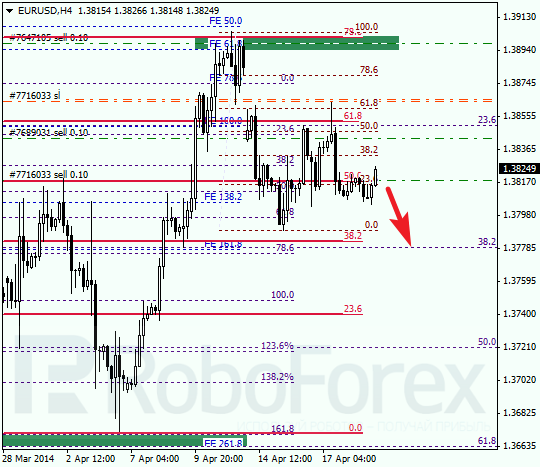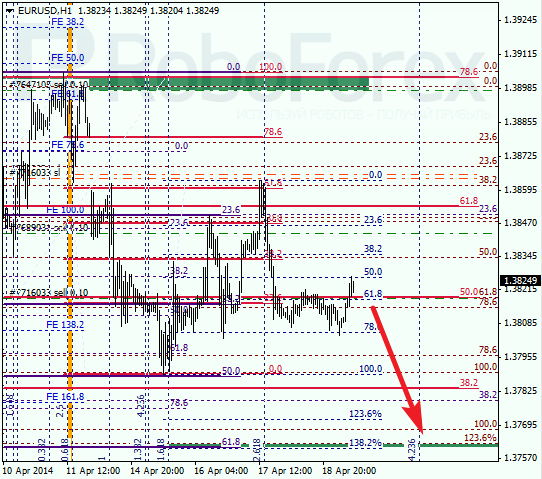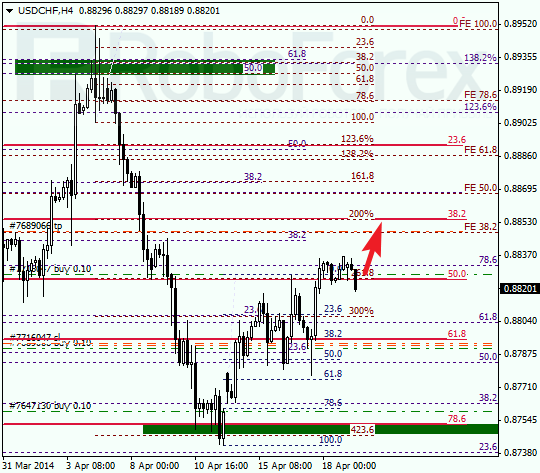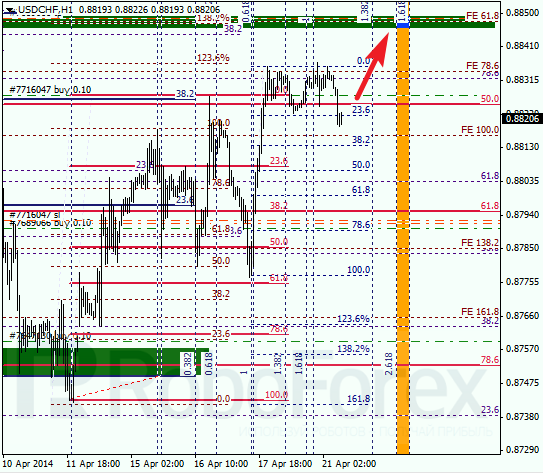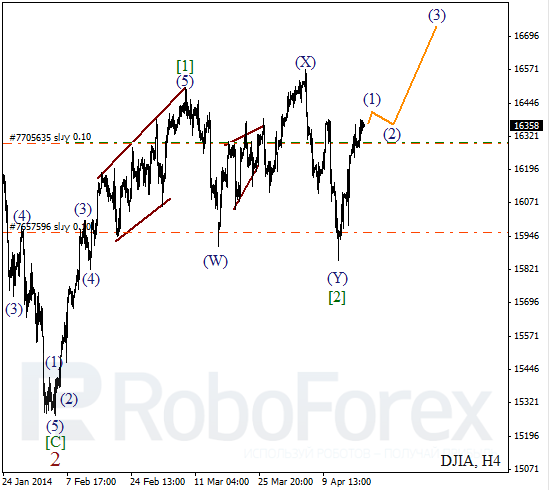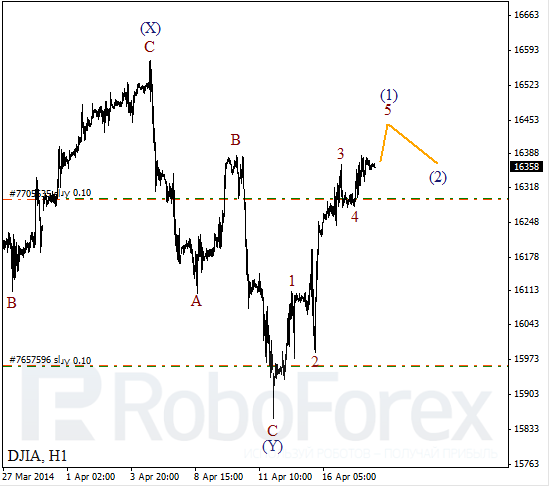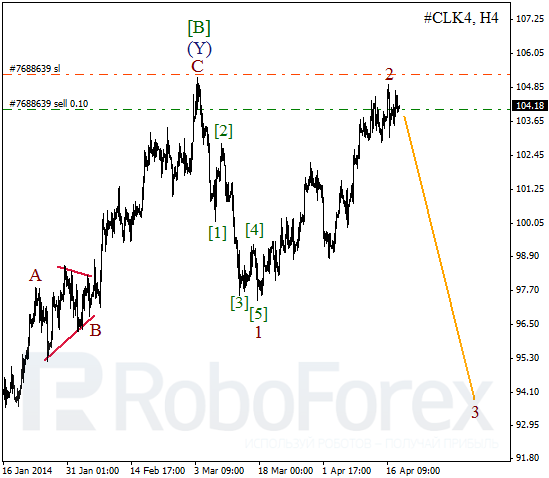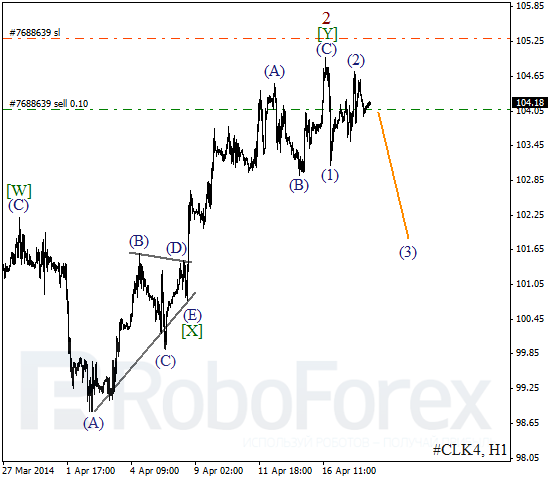By MoneyMorning.com.au
Sex, drugs and rock ‘n roll.
That powerful force behind social deconstruction and cultural transformation in the West reminds us of the good old days.
But in 2014, the year of the horse, something similar is happening in China. But we call it ‘sex, money and social media’.
By the way, my name is Ken Wangdong. Kris Sayce has hired me to begin work on an exciting new project — finding the best investment opportunities in the second largest economy in the world, China.
You’ll learn more about me and the project I’m working on in the coming weeks. But here’s the 10-second version: I was born in Beijing, but moved to Sydney at the age of 11. Frequently flying between the two cities, I have studied, worked and invested in both countries over a span of 17 years.
It has given me an important vantage point. This is what I’ve learned…
If you are to invest successfully in the Chinese dragon, you must understand the dragon.
China is complex and deeply multi-dimensional, in its culture, history, social values, economy, philosophy, and politics. To invest successfully in China, you need to have intimate knowledge and experience of all its dimensions and understand how they make up the whole.
That’s where I come in.
Sex
Take a look at this recent headline from CNBC: China’s prostitution crackdown hits cognac.
Apparently, China president Xi Jinping’s anti-corruption and anti-prostitution probe rages on. As a result, the luxury retail sector and high-end alcoholic beverage sales are being hit hard.
But that doesn’t mean you should rush out to sell your luxury brand and high-end spirit stock holdings just yet (in fact I believe this is an undervalued sector). Because this is probably the hundredth time the government has cracked down, and like every time before it will pass.
How do I know? Well, we have to dig a little into Chinese history.
Prostitution was an honored profession run by public offices in the ChunQiu Period (770BC–476BC). The arguably strongest period in Chinese history was the Tang Dynasty (618AD–907AD), during this time, the prostitution industry was privatized and it flourished.
Prostitution first became regulated in the Song Dynasty (960AD–1279AD), due to increasingly conservative values in Chinese philosophy at the time. Intellectuals continued their attacks on the act of prostitution for centuries to come, cementing the belief that prostitution is morally wrong and that it brings social degradation to a nation.
By the Ming Dynasty (1368AD–1644AD), restrictions, punishments and laws were developed to control prostitution in China. This continued through the Qing Dynasty (1616AD–1912AD) until now.
Now, having spent a fair amount of time as a performing musician in many of Beijing’s bars has taught me something: This is a social and cultural phenomenon that will never disappear; however, the government’s efforts to suppress it won’t stop either.
We’re talking about all kinds of men going to karaoke bars and music bars for leisure or business. ‘Call girls’ earn their share of the profit, and the whole scene is controlled by the local ‘bad guys’. Yes, the local police pay these bars a visit periodically, but that doesn’t stop anything, especially with money changing hands.
Money
There is no escape from it; China’s new religion is ‘money’.
This is perhaps a triumph for capitalism over communism, but then again, China’s prosperity mentality is a deeply historical one. This is something that people constantly forget when thinking about China.
China remains an authoritarian one-party system. While in-party struggles are fierce, it has not compromised the country’s ability to be decisive and forceful.
What this means is while China operates largely around the orbit of Western economic philosophy, it is nowhere near a ‘free market’. So we need to look at China with the government in mind, interpreting its messages; while measuring how those messages are filtered through to the banking system, the industries and on down to average folk.
For example, with the government’s property curbs and moves on shadow banking, I can tell you they have had an effect, because property agents are quitting their jobs and a lot of shadow banks have closed down.
On the other hand, trust the government’s determination to achieve financial system liberalisation, and its will to starve out the oversupplied secondary industry sector.
However, don’t count on that smog to disappear anytime soon.
Social media
Social media is the new rock ‘n roll, and it is highly competitive.
Naver Corp’s [KRX:035420] CEO has come out to express that China’s market is a tough one to crack; while Renren [NYSE:RENN], China’s own answer to Facebook [NASDAQ:FB] has expressed they are not worried about dropping sales and a falling share price.
While the social media space is always evolving, I can tell you this much: Naver Corp is going to find it extremely hard to crack the China market without some major partnering in the ecosystem, and Renren is a company you want to forget about.
In my view there are other better opportunities worth looking at. This is part of the project Kris has tasked me to work on over the coming months. I’ll have more details for you soon.
Naver Corp’s ‘Line’ service is fairly popular in the Asian region outside China, but none of my Chinese contacts use Line. They use other services. As for Renren, its stock value plunged nearly 80% over the past three years, and there is a good reason for that…less people use it.
I can tell you personally that I had a Renren account three years ago; I haven’t touched it in a long time. I surveyed several people who have Renren accounts, all have said that they hardly use it, because they have switched to other services. One is a voice-message based social media platform; the other is a twitter equivalent.
Think and Know China
I hope that gives you some insight into what’s going on in China. In truth I’ve hardly scratched the surface. There is so much more to tell you about.
From an investing perspective, to pick a winning stock in China you have to assess the company in China’s own context.
The way I do that is to employ a multi-dimensional analysis framework by looking at culture, history, society, economy and politics. Most importantly, I try to put myself in the local investor’s shoes.
But that’s not enough. You also have to collect a lot of information, information that’s sometimes hard to access from outside of China. That means doing a lot of number crunching and financial modeling.
My point is, the way of the dragon is very different from what we are used to here in Australia and the West. It requires you to know more than just how to analyse a balance sheet. You also need to look at your potential investments differently.
Over the coming weeks I’ll introduce you to the inside picture on the Chinese economy and how you can use the information to your investing advantage.
Regards,
Ken Wangdong
Emerging Markets Analyst, Money Morning
Special Report: Mining Boom Act II

By MoneyMorning.com.au
